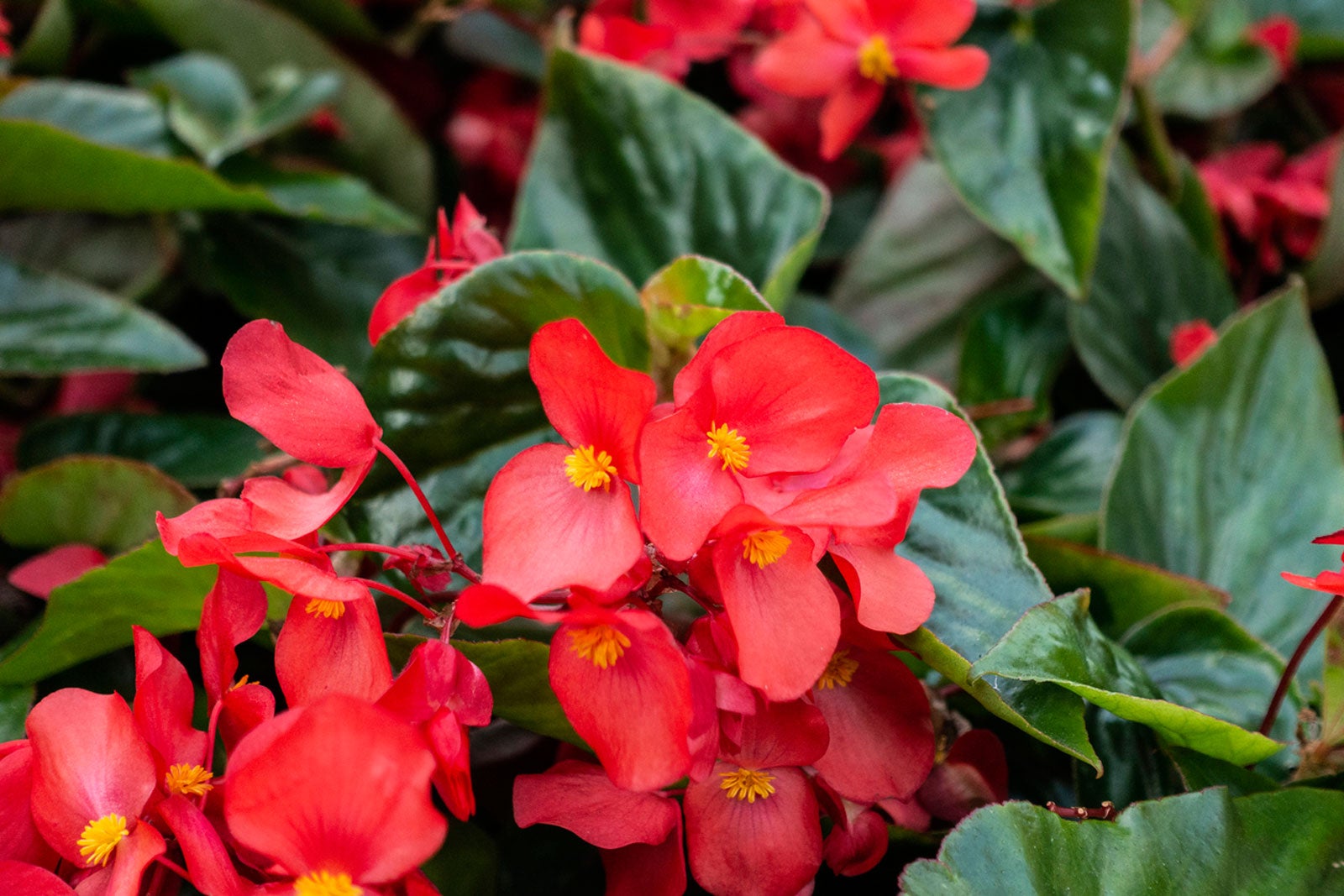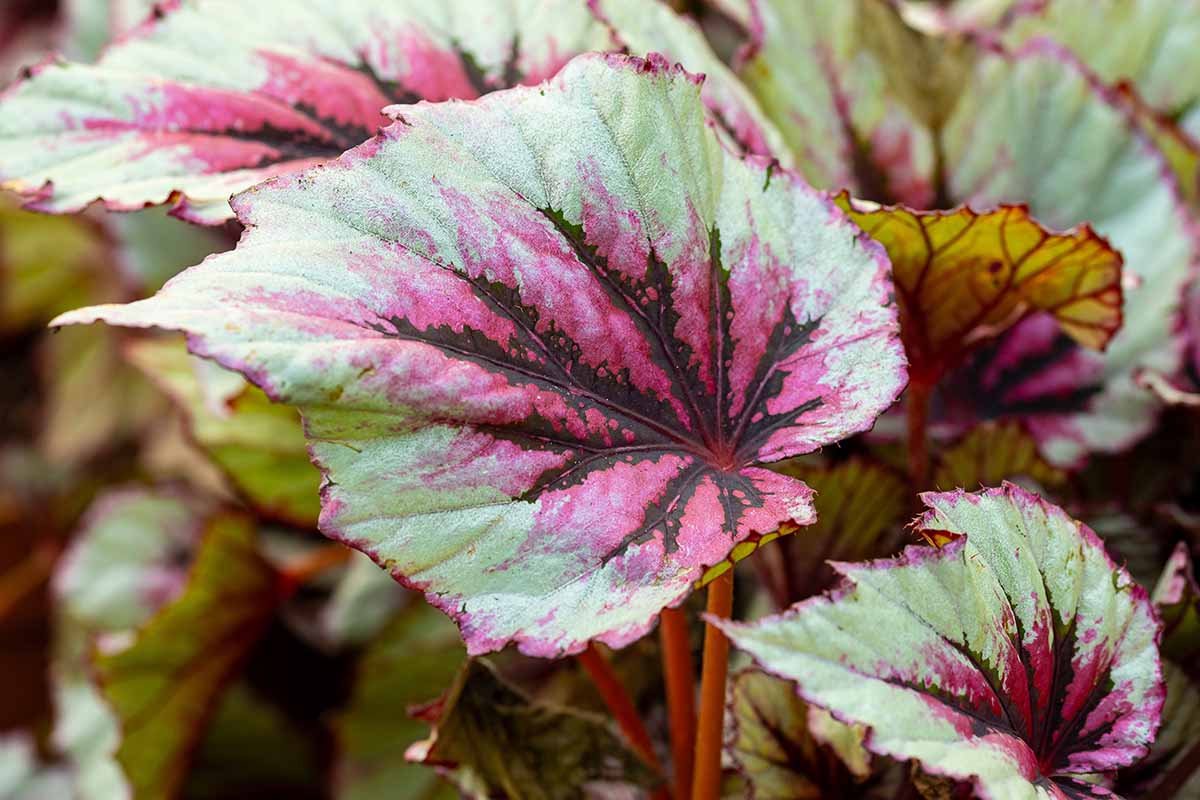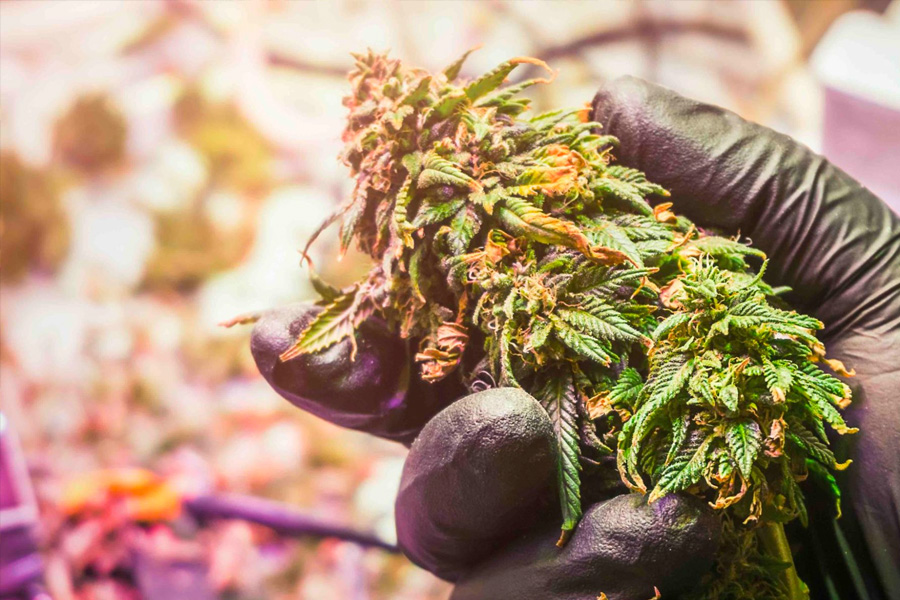Are Begonias Indoor or Outdoor Plants? Practical Care Tips Explained

If you’re wondering whether begonias are indoor or outdoor plants, the short answer is: they’re both—and neither. Begonias are adaptable little characters who can thrive indoors or out, but only if you match their needs to your space and climate. Think of them as picky houseguests who’ll settle in happily once you figure out their favorite spots.

Begonias Indoors: What Works Best?
Indoor begonias love bright, indirect light. That means no south-facing window baking them in direct sun—been there, done that, ended with crispy leaves. Instead, place them a couple of feet away from east or north windows where morning light gently wakes them up without burning their delicate leaves.
Humidity indoors? It’s a tricky one. Rex and angel wing begonias especially need humidity around 40% or higher. In dry apartments (I live in one myself), I bunch mine on a pebble tray with a bit of water underneath—no fancy humidifier needed. Just don’t mist with cold tap water daily unless you want powdery mildew to crash the party fast (trust me).
If your home is on the darker side—think winter months or rooms with small windows—try adding an LED grow light for around 12 hours a day. Those $20 clip-ons have saved more than one sad begonia from leggy despair in my experience.
Begonias Outdoors: Shade Is Their Best Friend
Outdoors, begonias are not sun worshippers like petunias or marigolds. Even two hours of harsh afternoon sun can leave wax or tuberous begonias looking wilted and unhappy—as if they just stepped barefoot onto hot asphalt.
Your best bet? Plant them where they get dappled shade—like under trees or on north-facing porches where they miss the intense midday rays. For example, my tuberous begonias thrived all summer tucked beneath hydrangeas in zone 7b but sulked after soggy rains pooled in clay soil nearby.
If your garden soil holds water like a sponge, try growing begonias in pots with a mix of potting soil and perlite for good drainage. And when temperatures dip below 50°F at night (usually fall), bring tuberous types indoors—they hate frost and need to dry out before winter storage.

Different Begonias, Different Needs
Begonias aren’t one-size-fits-all:
- Rex Begonias: Gorgeous foliage lovers. Perfect indoors year-round if humidity stays cozy.
- Cane/Angel Wing: Tall and elegant; great for filling indoor corners with some vertical drama.
- Wax Begonias: Tough outdoors—they shrug off rain and brief droughts like champs.
- Tuberous Begonias: Showstoppers with huge blooms but sensitive to frost and soggy soil.
If you’re new and want an easy start outdoors, wax begonias are your friend—they forgive watering slip-ups better than most.
When Things Get Rough: Real Talk
Not every spot will be perfect—and that’s okay! Here’s what helped me:
- Low humidity indoors? Forget misting daily; pebble trays work wonders.
- Low light? A cheap LED grow light can bring leggy Rexes back from the brink.
- Heavy garden soil? Mix bark into your potting medium or stick to containers.
Begonias taught me patience—and that sometimes moving them around until they “tell” you where they want to be is part of the fun.
Common Oops & How to Fix Them
Begonia leaves turning brown? Probably too much sun or dry air. Move it to gentler light and raise humidity a bit.
Squishy stems? Usually overwatering—let the top inch of soil dry before watering again, and always use pots with drainage holes.
Yellow leaves? Could be old age or poor drainage—snip off tired leaves and check roots before panicking.

My early mistakes included overwatering (lost whole trays overnight!), so now I prefer letting begonias be slightly thirsty rather than constantly soggy.
Quick Guide: Where Should Your Begonia Live?
- Check your light: Indoors = bright but indirect (north/east windows). Outdoors = filtered shade.
- Watch temperatures: Below 50°F at night means time to bring sensitive begonias inside.
- Consider kids/pets: Cane types topple easily; wax types handle outdoor play areas better.
- Test spots twice daily if you can—begonias are surprisingly picky about microclimates!
- Don’t be afraid to experiment seasonally—many growers move plants outdoors in spring/summer and back inside come fall.
Final Thoughts: Begonias Are Adaptable Artists
Honestly, it took me years (and plenty of crispy leaves) to realize begonias don’t fit neatly into “indoor” or “outdoor” boxes. They’ll flourish wherever you can provide the right balance of light, humidity, temperature, and soil conditions.
So pick your begonia type based on your environment, follow some basics, listen closely to what your plant seems to want (droopy leaves speak volumes), and don’t be discouraged by early stumbles—it’s all part of the journey!
Starting simple is key: maybe a $5 wax begonia outside on your porch plus a Rex by the bathroom window inside will give you a feel for what works best in your space.
Keep experimenting boldly—you’ll love watching those ruffled leaves unfurl day by day once you find their sweet spot!
If you want a quick takeaway:
| Condition | Best Begonia Type | Location Tips |
|---|---|---|
| Bright indoor spot | Rex or Angel Wing | East/north window; pebble tray |
| Outdoor shade garden | Wax or Tuberous | Filtered/dappled shade; well-drained soil |
| Cooler climates | Bring tuberous indoors | Before temps drop below 50°F |
Remember: No plant is perfect right out of the gate—even I still shuffle mine around until they’re happy neighbors!
Happy growing!



